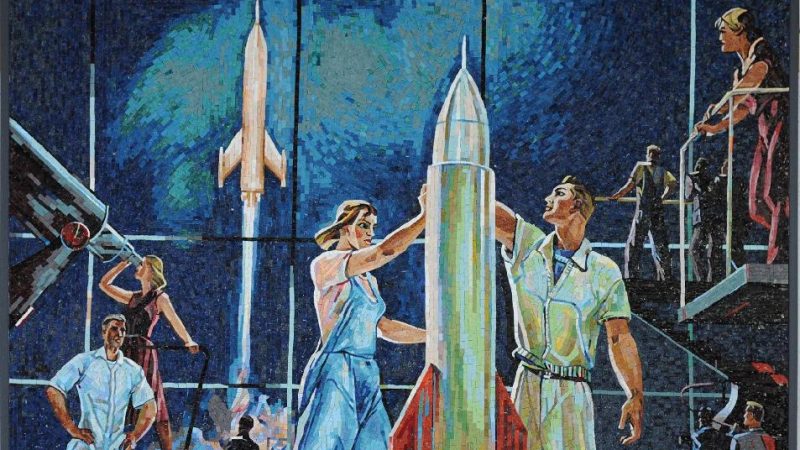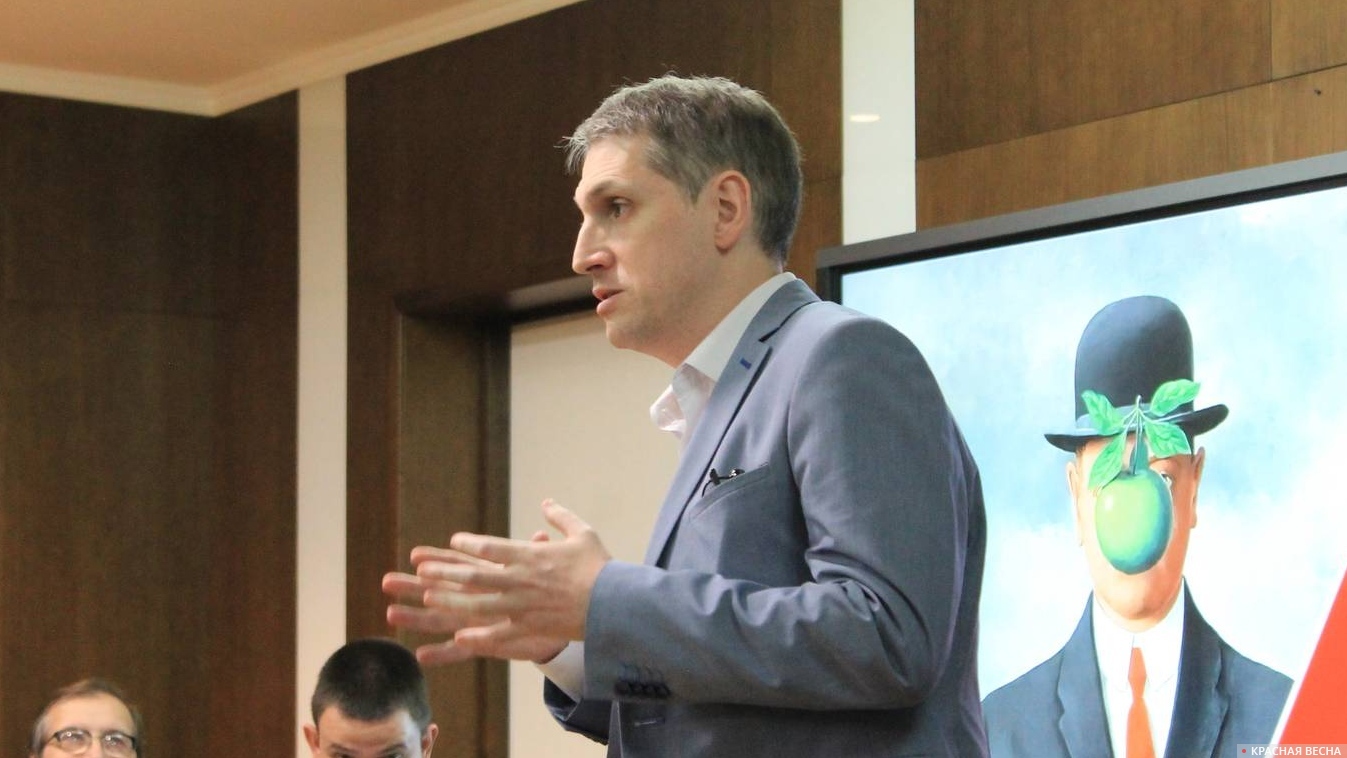11.08.2023, Moscow.
The launch of the Luna-25 automatic station is a new page in the exploration of the Moon, Roscosmos head Yuri Borisov told reporters on August 11.
“It is especially important that this is a new page in the exploration of the Moon, the practical development of the Moon,” Borisov said.
He noted that Russia plans to explore the Moon together with its Chinese colleagues. According to him, the launch of Luna-25 marks the start of the first phase of the long-term lunar program.
Recall that at 02:11 a.m. Moscow time on August 11, the Soyuz 2.1b launch vehicle was launched from the Vostochny Cosmodrome. It put the Luna-25 automatic station with the Fregat upper stage into the specified orbit.
The objectives of the Luna-25 mission include practicing a soft landing on the Moon near its South Pole and conducting contact studies of the lunar soil in order to search for ice.
The previous domestic lunar spacecraft Luna-24 was launched in the Soviet Union in 1976. Then “Luna-24” delivered 170 g of lunar soil to the Earth.
Background
Russia has adopted a concept of lunar exploration, which includes three stages. The first stage involves the study of the Earth’s satellite in unmanned mode. The stage includes sending to the Moon automatic research stations Luna-25, 26, 27, 28. Earlier it was reported that Luna-25 is already almost ready to carry out a mission to the Moon.
In addition to automatic stations, the first stage of the Russian lunar program is planned to fly around the planet by the ship Federatsiya in automatic mode. The purpose of the stage is to explore the situation and prepare further steps in the exploration of the Moon.
The key event of the first stage will be the creation of an orbital station in the orbit of the Moon. For its construction can be used Russian elements of the ISS, in particular the node module, transport ship and scientific-energy module. The stage is designed for the period 2021-2025.
The second stage of the Russian plan is the manned exploration of the Moon, with the final point of the stage being the landing of Russian cosmonauts on the surface of the Earth’s satellite. The stage will last from 2025 to 2035. The landing is scheduled after 2030.
Finally, in the third stage, it is planned to establish a visited lunar base on the Moon. It is planned to build on the Moon two observatories for space observation, a technological complex for the extraction of water ice and the production of hydrogen-oxygen fuel from it.
The concept of lunar exploration was made public on November 28, 2018. President of the Russian Academy of Science Aleksandr Sergeyev said at a meeting of the Space Council with the participation of the head of the state corporation Dmitry Rogozin, “The issues of lunar exploration now top the agenda of our Space Council”.
Sergeev also noted that a large-scale and breakthrough program of lunar exploration can become one of the projects “that can unite society and the scientific community.”
The last major step in the exploration of the Moon was made by Russia (then the USSR) in 1976, when the automatic station Luna-24 was sent to the Earth’s satellite. With its help, evidence of water on the Moon was obtained.
Source: Rossa Primavera News Agency




